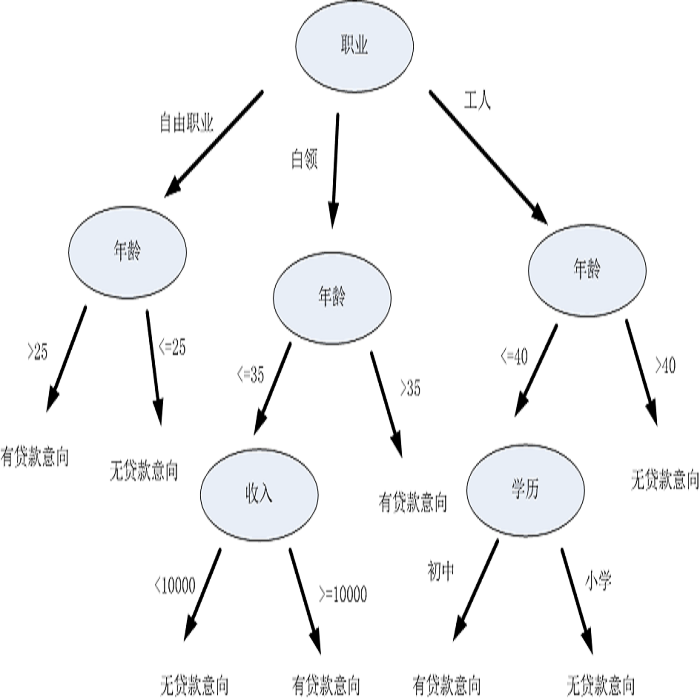Centrality metrics are vital for network analysis, but selecting the most appropriate measures for specific applications remains challenging among the 400+ proposed indices. Existing approaches -- model-based, data-driven, and axiomatic -- have limitations. To address this, we introduce the culling method, leveraging expert preferences regarding centrality behavior on simple graphs. It involves forming a set of candidate measures, generating a list of as small graphs as possible needed to ``separate'' measures from each other, constructing a decision-tree survey, and identifying the measure consistent with expert responses. We apply this method to a diverse set of 40 centralities, including new kernel-based measures, and combine it with the axiomatic approach. Remarkably, only 13 small 1-trees suffice to separate all 40 measures, among which there are pairs of close ones. The culling method offers a low-cost solution in terms of labor and time, complements existing methods for measure selection, and reveals important peculiarities of centrality measures.
翻译:暂无翻译



